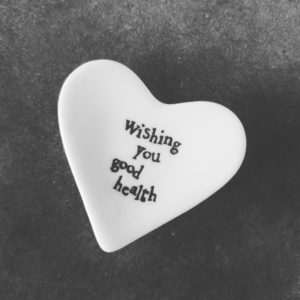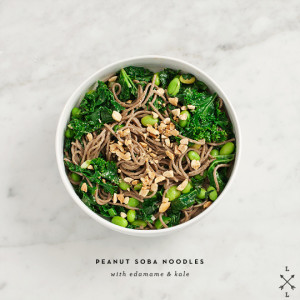Every day we are bombarded with information surrounding the current pandemic. Emotions ebb and flow. Some of us are feeling a variety of emotions within a single day. Many of us, however, are feeling one emotion more strongly than another. Emotions correspond to five elements in Chinese Medicine which correspond to different organ systems. By balancing our organ systems, we balance our emotions.
The Earth Element
If you are overcome with worry and cannot settle your mind, your spleen is working too hard.

photo courtesy: Bob Wong @artofacupuncture
- Hold or rub the point called YinTang – the point on the forehead just between the eyes – for 30 seconds to a minute. I like to use my thumbs while my arms are supported on a table and rub from the bridge of my nose to the center of my forehead 5 times. Then press upwards along the inner eyebrows, pinching your eyebrows gently until you reach your temples.
- Eat warm and cooked foods like stews, curries and soup that will nourish the body.
- Sweet flavors of dried fruits, apples, rice, and potatoes can also be useful. Cravings for sweets and sugar indicate a deficiency in spleen qi so be sure to add healthy sweets to your diet to nourish rather than deplete your system with candy and sugar.
The Wood Element
For those of you, like me, who tend to get frustrated and irritated, we want to give the liver a bit more flexibility.
- Get some exercise or movement. Dance it out! Go for a walk. Liver qi tends to get stuck, creating blocks. We need to stay moving, exercising, even if for 10 minutes a day to get the energy flowing.
- Eat foods like mint, basil, rosemary, dill, lettuce, celery, cucumbers, pears, spinach, tomatoes, asparagus, carrots, and beets.
- The sour flavor of grapefruit, lemons, olives, pickles, and apple cider vinegar goes to the liver to soften it and ease the flow of qi.
- Go easy on the alcohol consumption. Alcohol does moves qi in Chinese Medicine but too much can cause more stagnation.
The Water Element
If you are feeling fearful about you or a loved one getting sick, scared about losing a job or source of income, or anxious about whether your friendships or relationships will last, your kidney could use a boost.
- The point to help with kidney qi is Kidney 3 on the inside of your ankle. Touch your ankle bone on the inside of your leg. Then slide your finger back towards the back of your leg, towards the Achilles’ tendon. Press or rub the point in the indentation to stimulate Kidney 3.
- Foods to help with the kidney are black beans, kidney beans, black (or forbidden) rice, walnuts, miso, sauerkraut or kimchee, blueberries, and blackberries.
- Salty flavors support the kidneys but too much salt can overload the kidneys. Be sure to drink adequate water and stay within the recommendations of daily salt intake (<2300mg/day).
The Metal Element
If you are sad, lonely, or grieving during this time, supporting your lungs is crucial.
- Foods to strengthen and moisten the lungs are apples, peaches, pears, flaxseed, pumpkin, nettle, parsley, mushrooms, rice, sweet potato, oats, and millet.
- To warm the lungs and prevent a build up of mucous, eat more spicy/pungent foods like chilies, ginger, leeks, onions, and garlic.
- I also love using essential oils like eucalyptus, peppermint, spearmint, and ravintsara.
- A great acupuncture point to use is Lung 1 and 2. To find this point, cross your arms over your chest (like you are saying The Pledge of Allegiance with both arms!). Walk your index and middle fingers down your chest an inch or so searching for a tender place. Press and hold these points while breathing deeply. Picture your lungs expanding and contracting, bringing in oxygen and releasing carbon dioxide.
The Fire Element
If you are feeling depressed, heart broken, and hopeless, let’s give a little love to your heart.
- My favorite combination of points for this makes a triangle on your wrist. It can be called Buddha’s triangle or Jesus’ triangle or whatever sacred triangle you would like to call it. To find the points, look at the inside of your right wrist. Place your left thumb at the center of the base of the wrist. Mark two thumb width down the arm towards the elbow in the center of the two tendons – this is Pericardium 6. Face your left thumb up and press into this point. The other two points of the triangle are on the crease of the wrist near the thumb and the pinkie fingers on the inside of the tendons. Using your index and middle finger of the left hand, press into the remaining points of the triangle. Hold these points while breathing deeply and feel your heart getting stronger.
- Foods to nourish the heart are apples, cherries, red grapes, mulberries, chia seeds, beans, lentils, sesame seeds, oats, rice, eggs, and coconut milk.
Stay healthy and balanced! xo


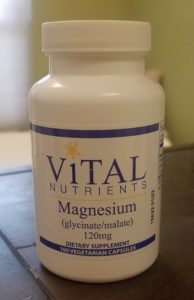
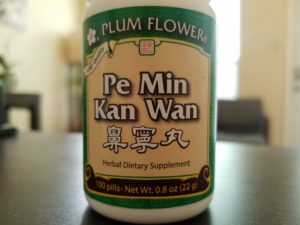
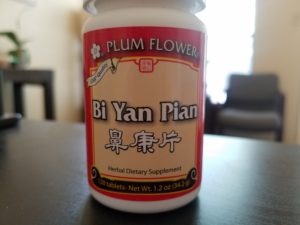
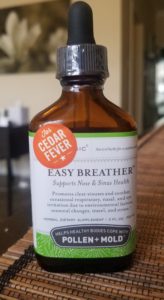
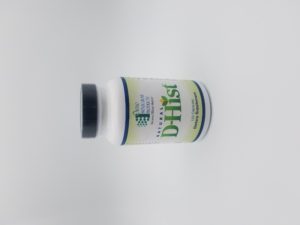 This supplement contains herbs like nettle, bromelain, and quercetin to reduce inflammation caused by allergies. It is a useful supplement for anyone who has systemic inflammation in addition to sinus congestion and allergies. Also available in a chewable tablet for children. Available at my clinic in Austin or my
This supplement contains herbs like nettle, bromelain, and quercetin to reduce inflammation caused by allergies. It is a useful supplement for anyone who has systemic inflammation in addition to sinus congestion and allergies. Also available in a chewable tablet for children. Available at my clinic in Austin or my 